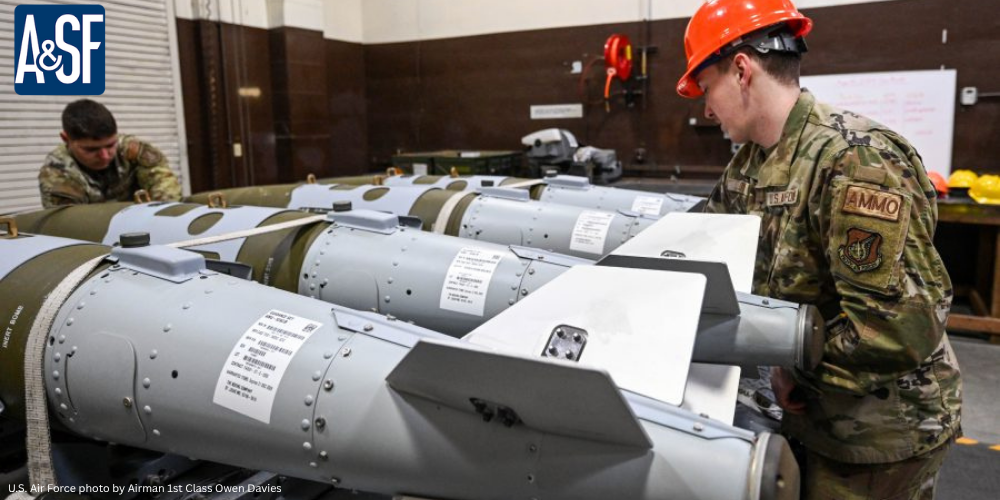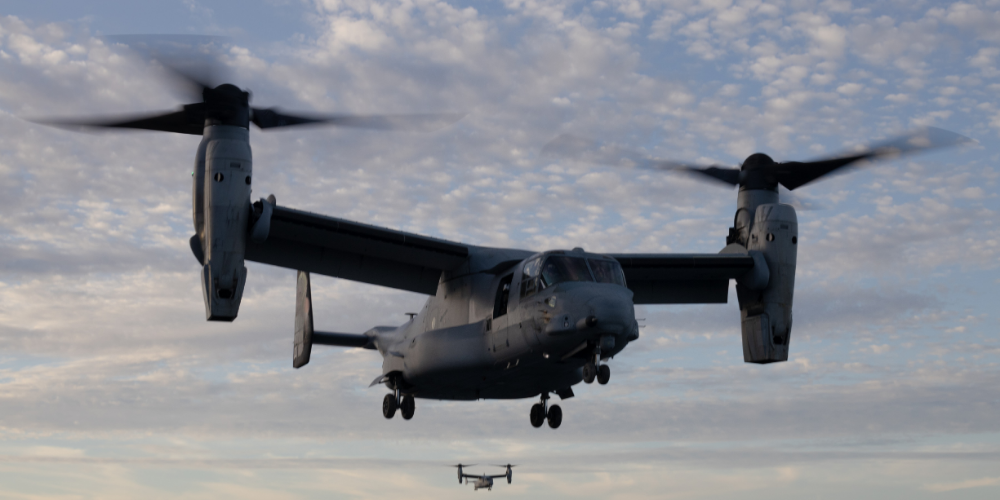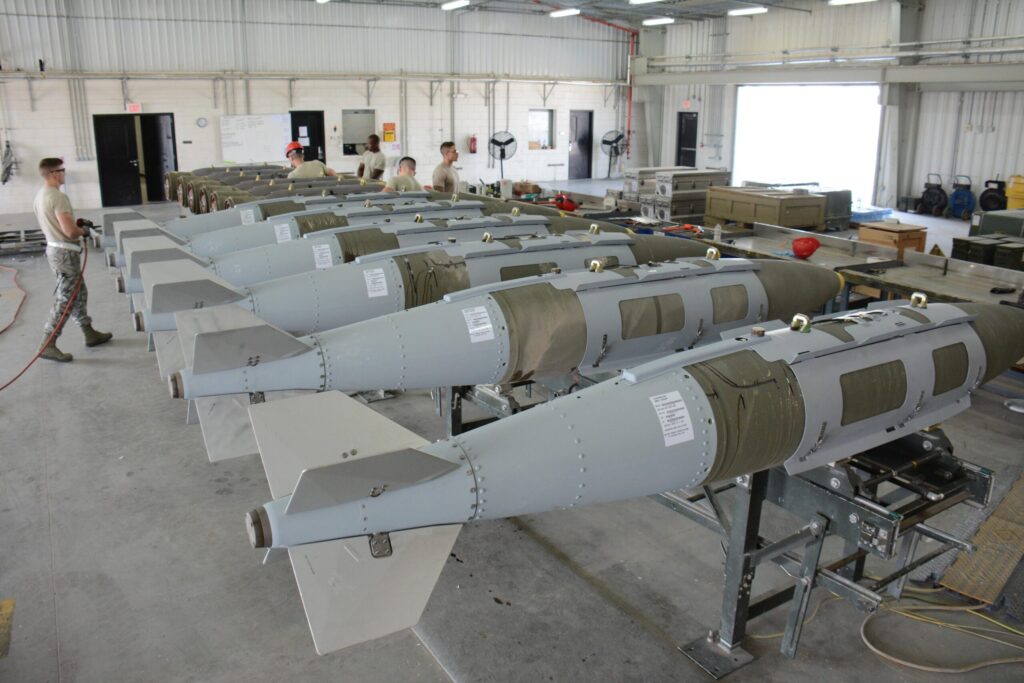The conversation around AI is shifting. Military organizations are moving beyond asking if AI can enhance mission readiness to confronting the harder question: How do we safely and responsibly scale AI to support the mission?
For decision makers across every echelon, the answer often comes down to one word: trust. Trust in the systems, in the data, and in the outcomes.
And that’s where setting effective guardrails around AI—like explainability, bounded risk models, and continuous auditing—play a defining role.
The Case for Guardrails in Defense AI
Modern missions operate under immense pressure—contested environments, rapid decision cycles, and life-or-death consequences. In this domain, AI is the strategic advantage. It improves situational awareness, accelerates decision making, and ensures mission capable status across the services.
As Retired Vice Adm. Collin Green explained during his keynote at this year’s Frontiers of AI for Readiness (FAR) Summit, “There is a sense of urgency where I feel a need for speed because AI is a revolution in military affairs. And I would argue that how we adopt it will determine if we adapt, evolve, or go away.”
Part of this evolution means putting the right controls in place so that AI can quickly become a resource instead of a risk. Because guardrails don’t constrain innovation—they support it. They establish a framework of safety and accountability, allowing AI to be deployed in sensitive mission environments where trust is paramount.
At the FAR Summit, Professor Adam Wierman, Professor of Computing and Mathematical Sciences at Caltech reinforced this. He said, “If the AI [tool] comes with guarantees around safety…then you have a lot more confidence. And so I think pushing the tech towards things that can give some sort of guarantee…helps these discussions a lot.”
3 Guardrails Every AI Needs
As the Department of War and its partners accelerate digital and data modernization efforts, implementing the right guardrails is the linchpin between limited AI experimentation and a fully operational capability. Here are three controls that build the trust and confidence needed to move forward:
1. Explainability: The Foundation of Trust
At the core of responsible AI is explainability, which is the ability of AI systems to make decision-making more transparent and easier to understand. It allows you to understand and trust the algorithms’ results.
In the defense sector, where transparency and accountability are non-negotiable, explainability ensures that human operators remain in control.
Without explainability, AI outputs can feel like black boxes—technically sound but operationally indefensible. In defense environments, where every decision must withstand scrutiny from a diverse set of stakeholders, a lack of clarity erodes confidence and hesitation takes root. As a result, mission-critical technology stays grounded instead of advancing the fight.
For example, Virtualitics’ approach to explainable AI (XAI) bridges that gap by making advanced models interpretable. Through AI agents and automated insights, users not only see what the AI is recommending but also why. That transparency builds user confidence and helps leadership trust the system’s integration into mission workflows.
2. Bounded Risk Models: Containing the Unpredictable
While defense leaders are accustomed to managing risk, deploying AI introduces a new layer of systemic uncertainty. Risks such as model drift, inherent biases, and unbounded recommendations that might directly conflict with established Rules of Engagement (ROE) or mission protocols.
Bounded risk models provide a way to contain algorithmic uncertainty. These models establish clear, non-negotiable operational limits, specifying what the AI can and cannot do. They serve as a safety net that prevents unintended consequences from compromising mission integrity.
By incorporating bounded risk principles early in development, defense organizations can align AI tools with ethical frameworks, legal standards, and military doctrine from the start. This proactive stance transforms AI from a perceived risk into a mission-critical resource.
3. Continuous Auditing: Sustaining Confidence Over Time
Models that perform well today may degrade tomorrow as data shifts or new mission scenarios emerge. That’s why continuous auditing is critical to scaling AI responsibly across areas of operation.
Continuous auditing involves ongoing validation of model performance, fairness, and compliance. It ensures that the system remains aligned with its original intent and that deviations are detected and corrected before they cause harm.
For defense organizations, continuous auditing also supports accountability across the chain of command and maintains transparency with oversight committees.
Scaling with Confidence
Even with robust guardrails in place, the goal isn’t just to make AI safe—it’s to make it so that leaders trust and use it. Limiting AI to small pilot projects that never mature into large programs won’t deliver meaningful returns.
“You have to let the AI scale. You can figure out how to put in guardrails. You can figure out how to make it safe, but if you don’t let it scale, you won’t actually get the benefits of AI. You’re just spending a lot of money for nothing,” said Professor Yisong Yue, Professor of Computing & Mathematical Sciences at Caltech.
Scaling requires both confidence and capability. Virtualitics IRO provides this dual foundation—enabling safe experimentation, rapid iteration, and trustworthy deployment that integrates AI into decision-making at mission speed and scale.
The Path to Mission Readiness
For defense and government leaders, the next phase of AI adoption isn’t about experimentation—it’s about execution with trust.
Carefully implemented guardrails by both users and industry partners make that possible. They translate complex technology into trusted capability, which leads to not just faster insights, but more intelligent decisions made with confidence, accountability, and purpose.






